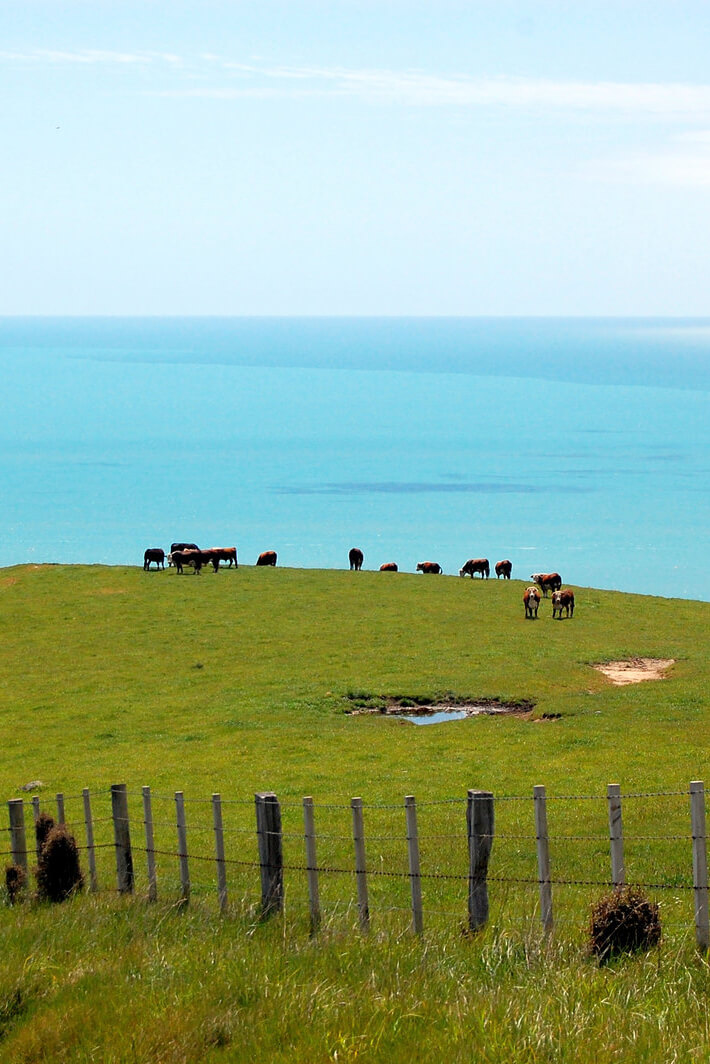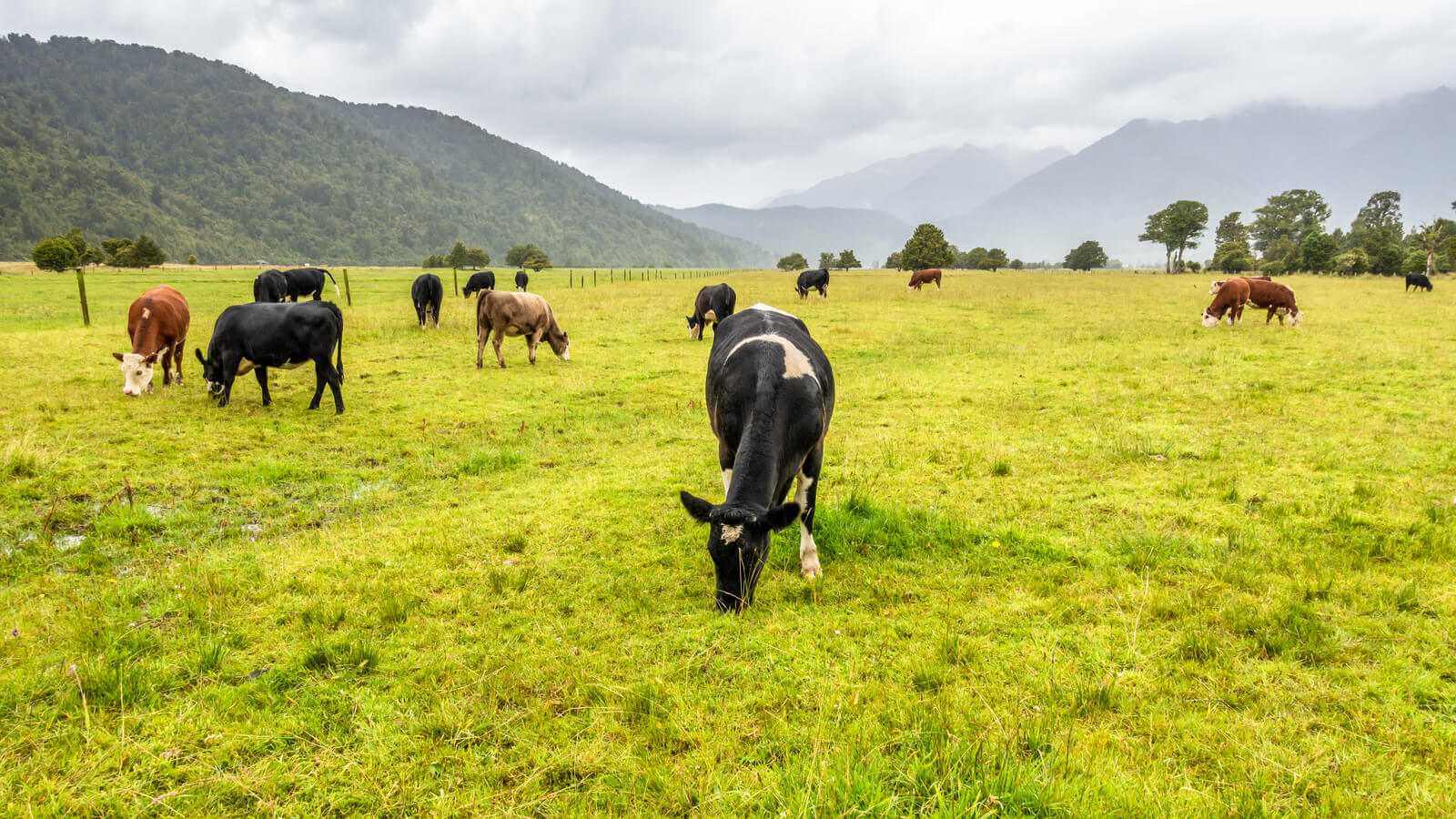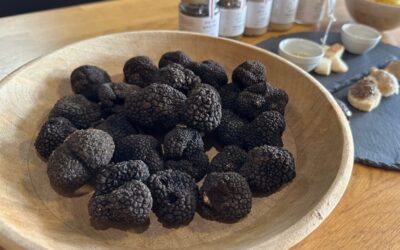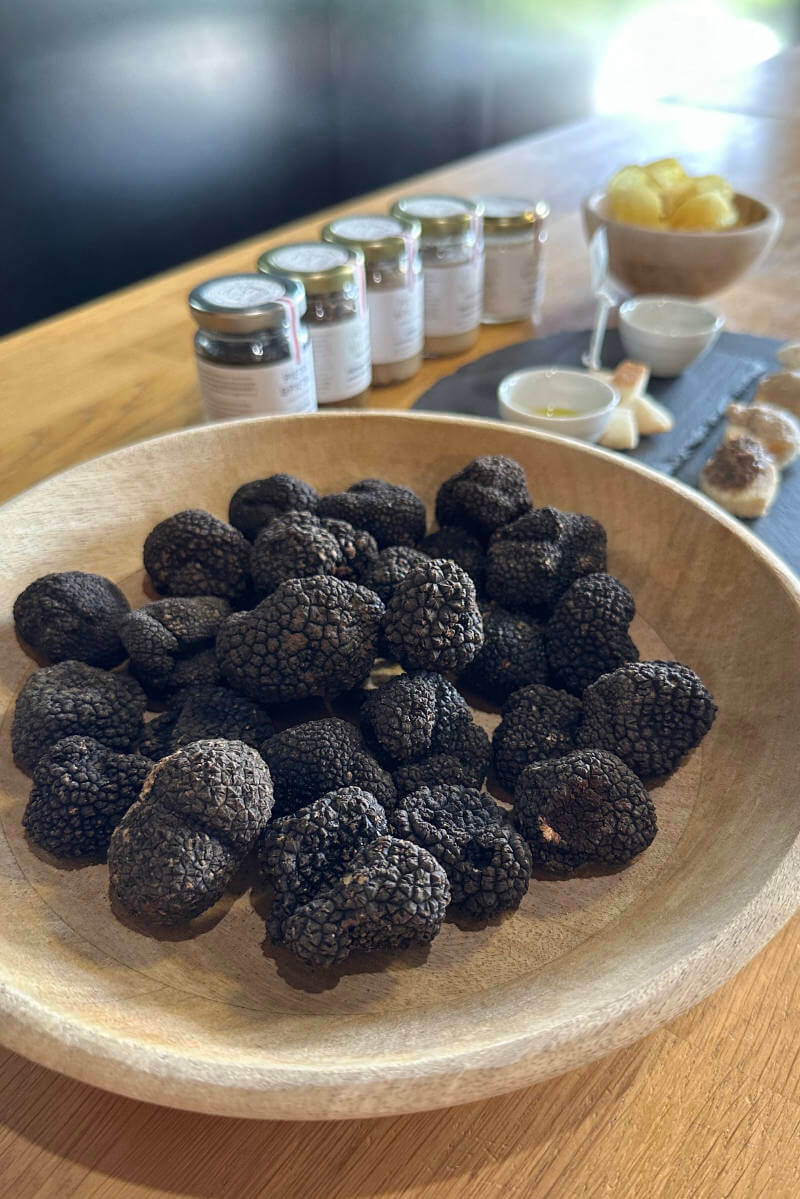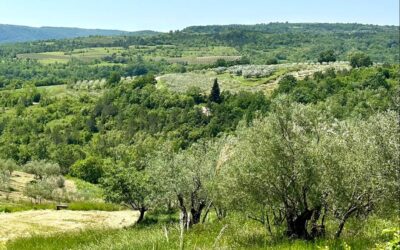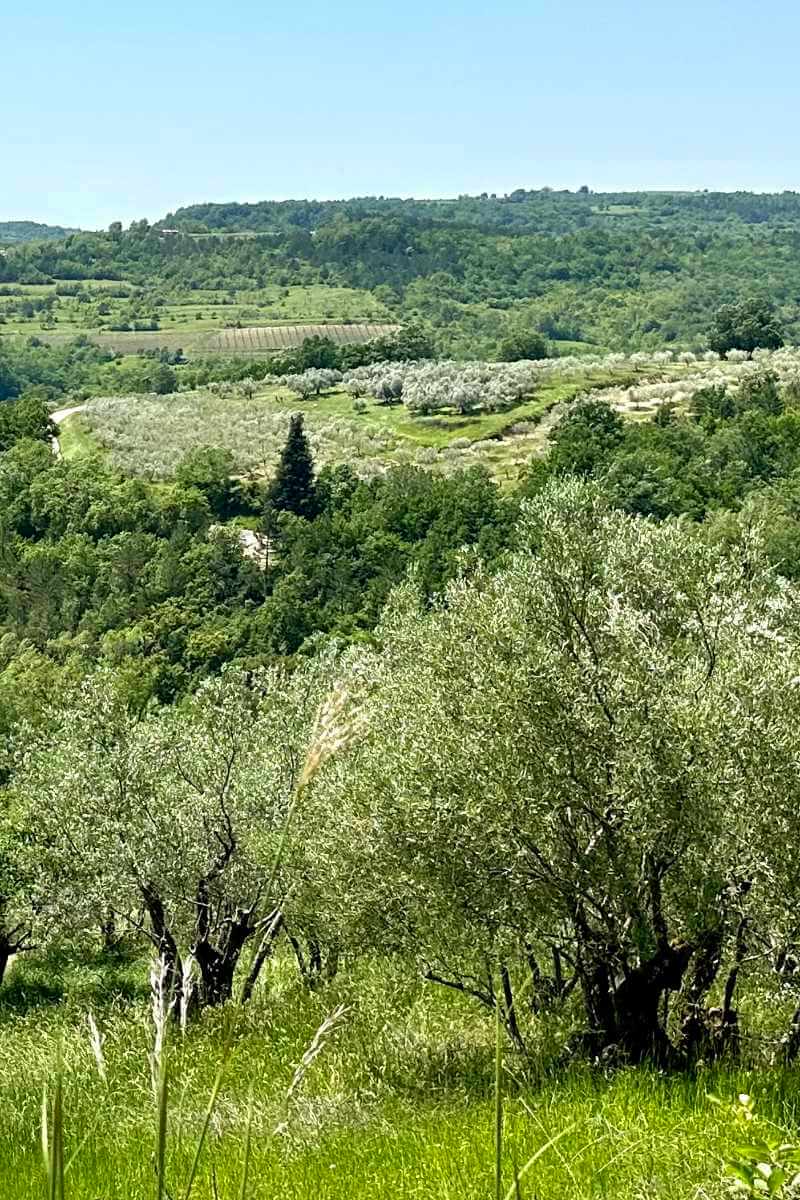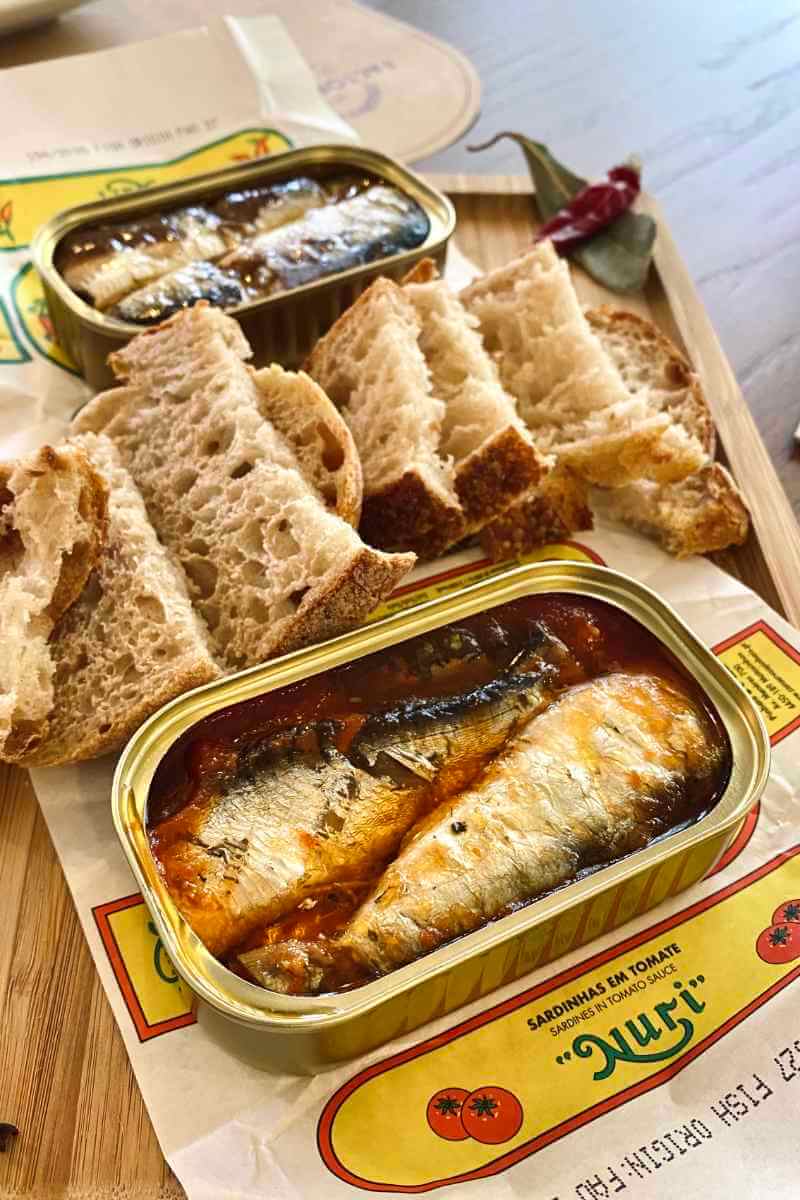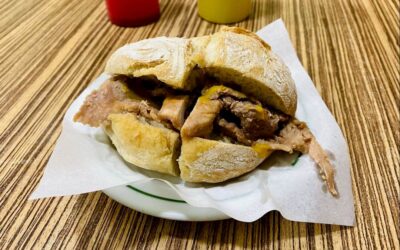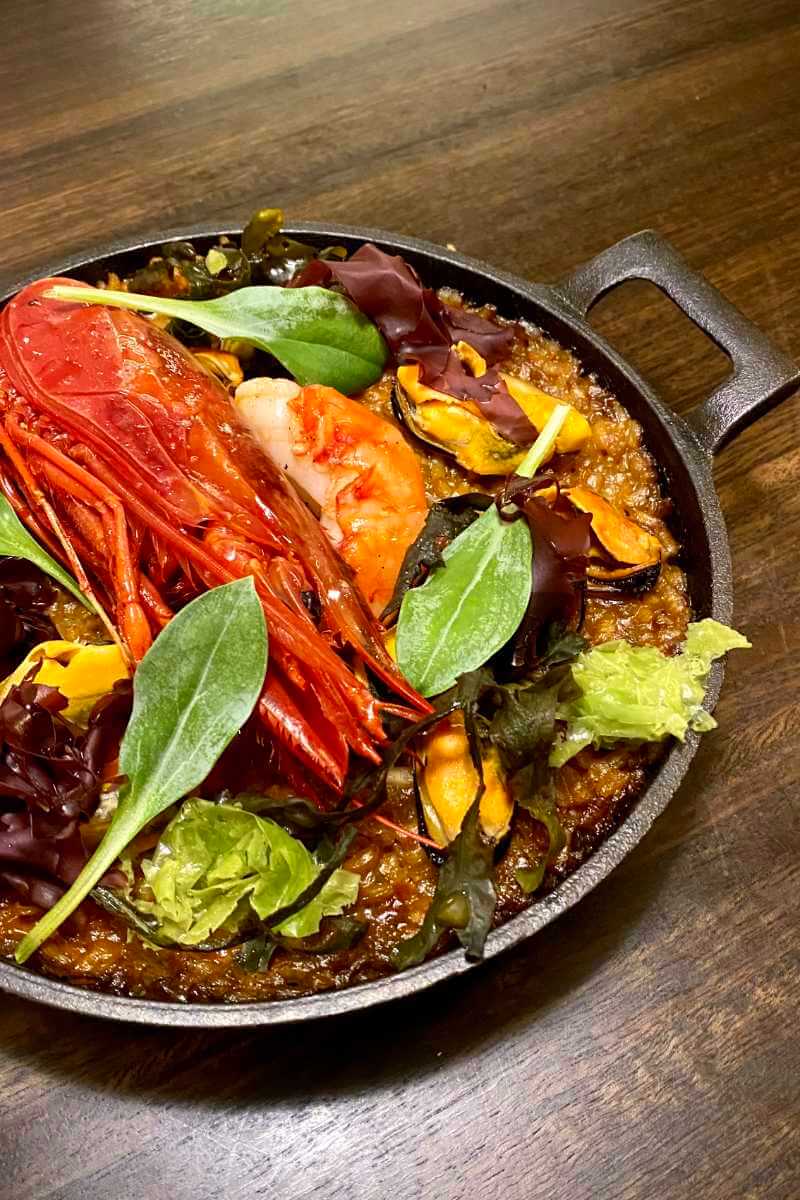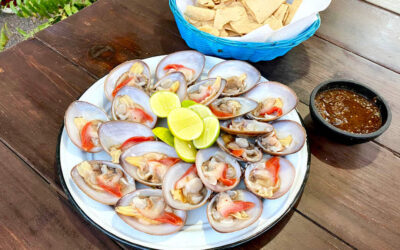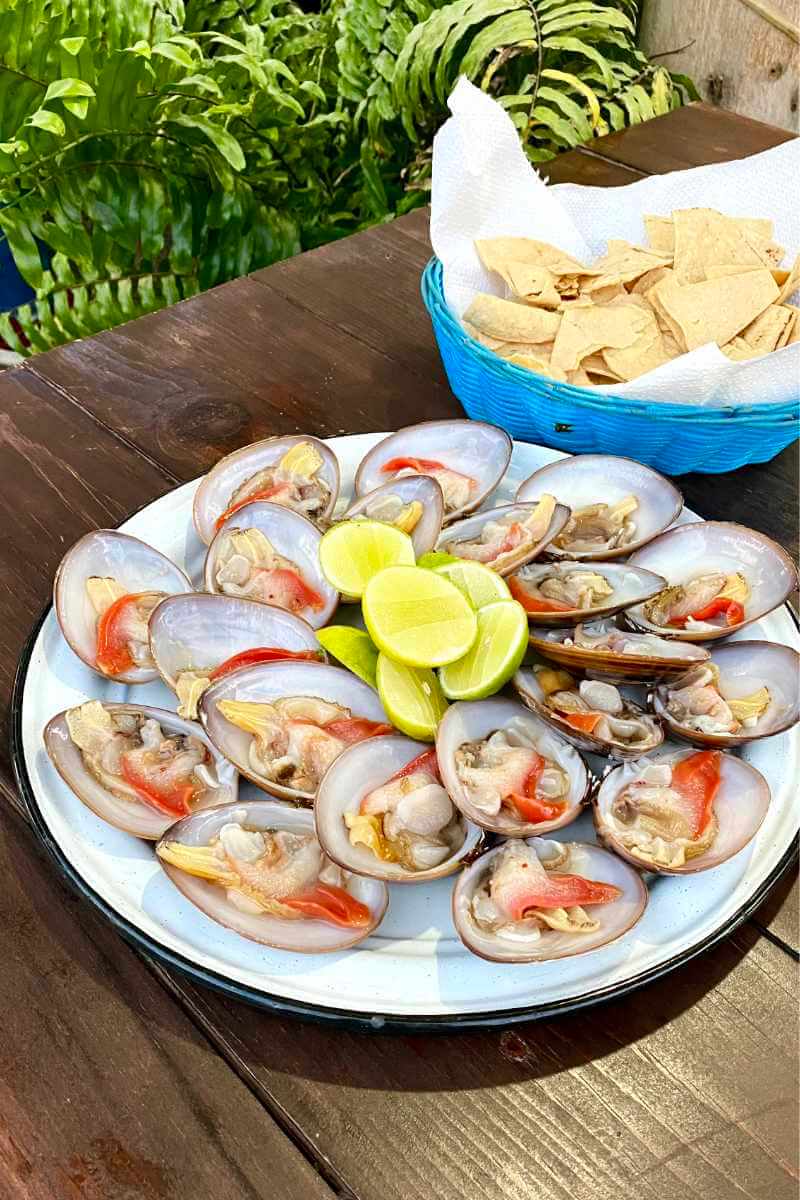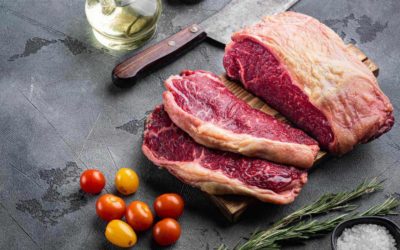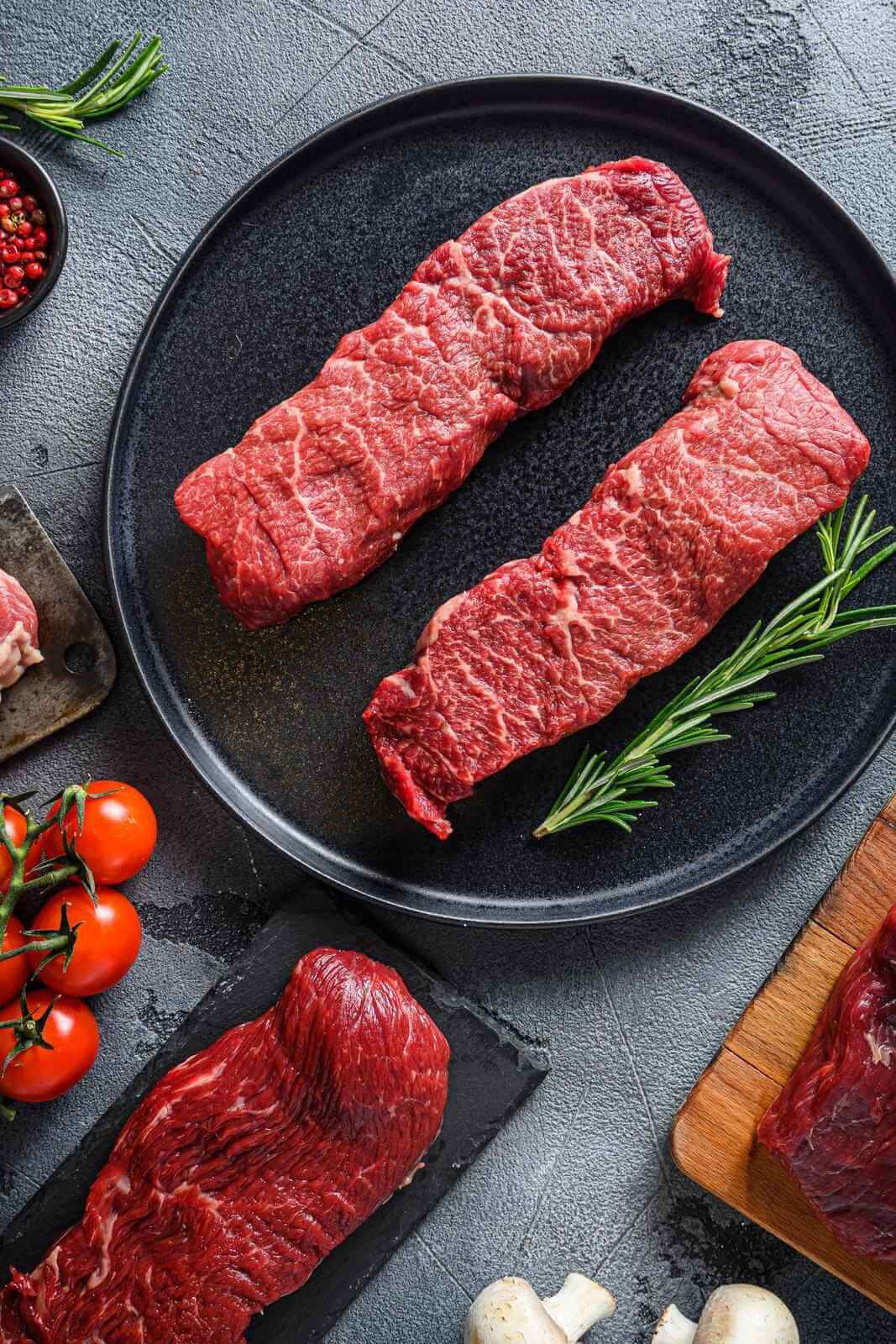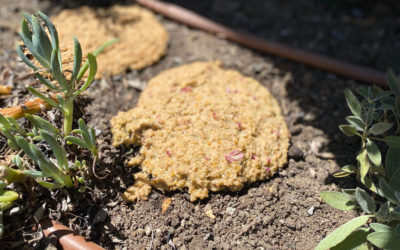Understanding the definition of grass-fed is only step 0
Currently in the United States, USDS allows for variations of a “grass fed” claim, and there is no regulatory definition for the “grass fed” labeling claim. This means grass-bed labeled beef on the market can be from cattle that were fed grass at some time in their lives. They are usually not grass-finished.
The grass-fed claims are confusing and may not be reliable. However, in general, “100% grass fed” and “grass fed and grass finished” is the real deal. But the best assurance is by knowing who the meat producer or the source is.
1. Best guarantee: Buy direct or known origin
So the source is traceable and accountable.
Pasture raised on pristine ranches
Ranches in pristine environment usually produce top quality and ethical meat. Their livestock live in our dream vacation destinations basically. And you can buy in store or directly online in bulk for more savings.
First Light
100% grass fed beef can be very lean, so First Light chooses wagyu for their breed for better marbling. First Light is a New Zealand company sourcing from specific wagyu or venison Producer Group. Every single farmer and their story is shared on the First Light website. This level of transparency really gives consumers and animals the highest respect. Their products are available online and at grocery stores.
Cape Grim
Cape Grim cattle are raised on the rich pastures of Tasmania, King and Flinders Islands. The biggest difference of Cape Grim is the cleanest air and rainfall in the world. And same with First Light, Cape Grim also lists its farmers. Their products are available online and at grocery stores.
Silver Fern Farms and alike
Some other ranches or farms have similar missions and standards with First Light and Cape Grim, such as local ranches in Big Island, Hawaii, Silver Fern Farms, Atkins Ranch in New Zealand and some farms in Australia. You can order online and enjoy premium quality and value meat delivered to your door, or find in stores.
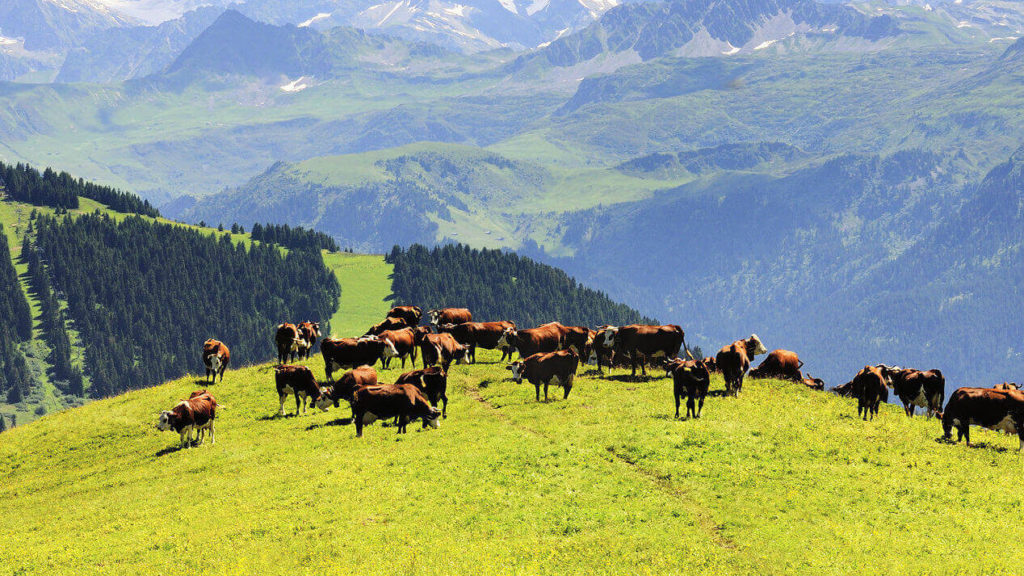
Non-pristine but high quality farms
Although some ranches or farms don’t sit in pristine and lush environment like New Zealand and Tasmania, some 100% pasture based regenerative producers are still top choices. They may also be more sustainable or eco-friendly choices if they are more local. And thanks for COVID, more and more online meat shops become available.
- The more details and pictures of the ranches are provided, the better the assurance
- Some are dry-Aged, so although they are more expensive per pound, you get more meat and more deliciousness per pound
- They can be discovered online, at farmers markets, or local stores
Buy Ranch Direct
Buy Ranch Direct is a cooperative of family-owned & operated ranches deep in the heart of the Sierra Nevada Mountains. You can buy online and at various farmers markets in Southern California.
Grass Roots
Grass Roots Farmers Co-op emphasizes on regenerative agriculture. They list all the farms they work with for traceability.
Cream Co. Meats
Cream Co. Meats offers transparency, traceability and quality. They specify how each meat is raised and finished in detail. Some meats are grain-finished like barley-finished for the fat but always soy and corn free. They are also a food hub. Cream Co. Meats aggregate sustainable and regenerative family farms and artisan producers from across the West Coast, and that gives West Coast shoppers diverse local options.
Online or local butcher is not necessarily direct
Watch out. Some butchers, online or with a store front, may charge high markups for esthetics and irresponsibly source and label their products. Belcampo scandal is an example. A location is claimed to deliberately mislabel products.
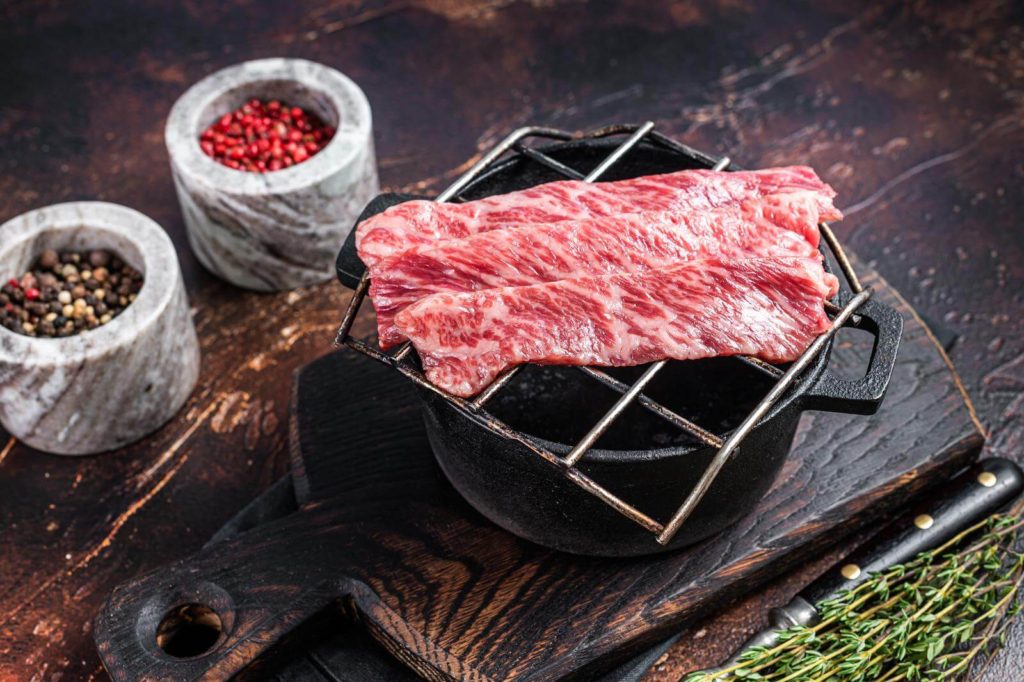
2. Second best guarantee: Look for additional meaningful labels or seals
Some ethical meat producers source from farms that we don’t know or can’t buy directly from. Other means may be used to give customers quality guarantee. These labels offer highly meaningful verification for consumers:
- PCO Certified 100% Grassfed
- American Grassfed
- Certified Grassfed by AGW
- NOFA-NY Certified 100% Grass Fed
- USDA Process Verified
3. Else: buy from trustworthy stores
You can let the higher standard food stores or butchers do the homework and screen sources, or find trustworthy brands. Thanks for the COVID-19 pandemic, a lot more online butcher shops that deliver to your door such as ButcherBox become availalbe. Now consumers have a lot more options and access.
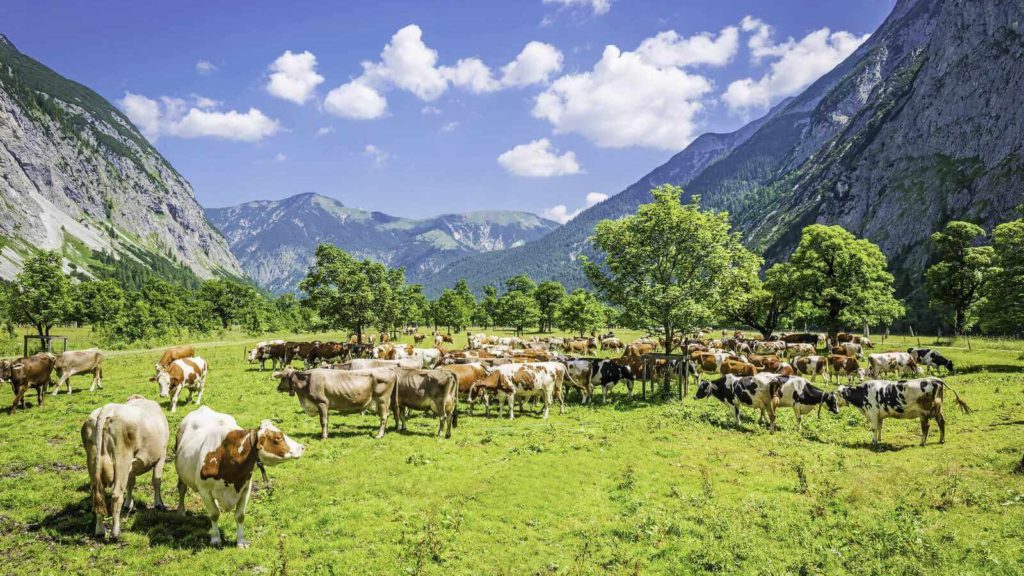
4. Buy in-season meat
After globalization, cooking seasonally becomes less common. Some of us buy seasonal produce for freshness, but have you ever consider buying in-season meat?
The idea of eating in-season meat started when I questioned the availability of grass of a local grass-fed beef farmer. How are cattle or cows 100% grass-fed in winter? Only a few places on Planet Earth have year-around green pasture like New Zealand. The majority of 100% grass-fed farms feed cows hay as their main diet when winter foraging is limited, and give them vitamin and mineral supplements.
This means, summer 100% grass-fed beef is 100% green-grass-fed or green pasture raised, and more nutrient packed than winter beef. In winter in the northern hemisphere, grass-fed beef from New Zealand and Australia would be green-grass-fed. If you want to up your game to buying 100% green-grass-fed for the same price, try to buy locally in summer and buy from New Zealand and Australia in winter.
